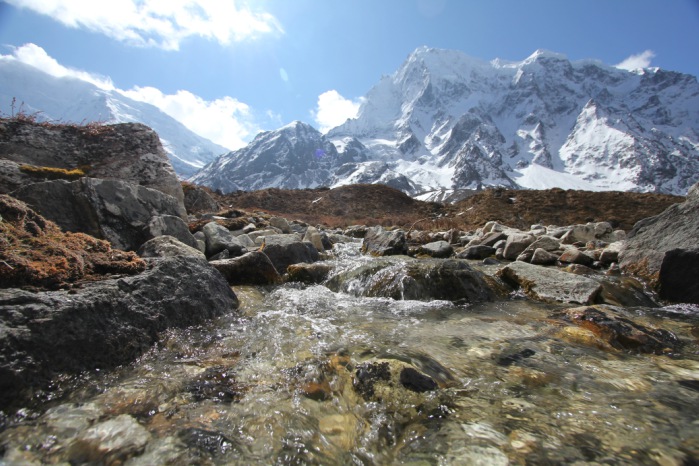Text adopted from Utrecht University
On Friday 27 May Arthur Lutz defends his PhD thesis, which is the result of a joint PhD project by FutureWater and Utrecht University. He concludes that climate change will lead to more rainfall and meltwater, thus leading to more water in Asian rivers.
More than one billion
Most large rivers in Asia have their sources in the Himalayas and on the Tibetan Plateau. They are partly fed by meltwater from glaciers and snow, and partly by rainwater. In the downstream areas, more than one billion people depend on this water. In a joint PhD research of FutureWater and Utrecht University, Arthur Lutz assessed the impact of climate change for future water resources in the high mountain ranges of Asia.
Water in rivers increasing

He concludes that the amount of water in large Asian rivers will increase at least until 2050. For the Ganges, Brahmaputra, Salween and Mekong this is caused by increasing precipitation and for the Indus increasing glacier melt is the main driver. In particular for the Indus the water availability in the long run is very uncertain. The amount of melt water from the mountains will decrease in the second half of the century because of further glacier retreat, but because future precipitation is uncertain it is unclear if this can be compensated by rainwater.
Increased chance of flooding
However, a shift in the distribution of water over the seasons is evident, with water availability decreasing in the high flow season and increasing water availability in the low flow season. Besides high discharges will be more frequent and more severe, increasing the risk of large flooding events, like in 2010 in Pakistan.
